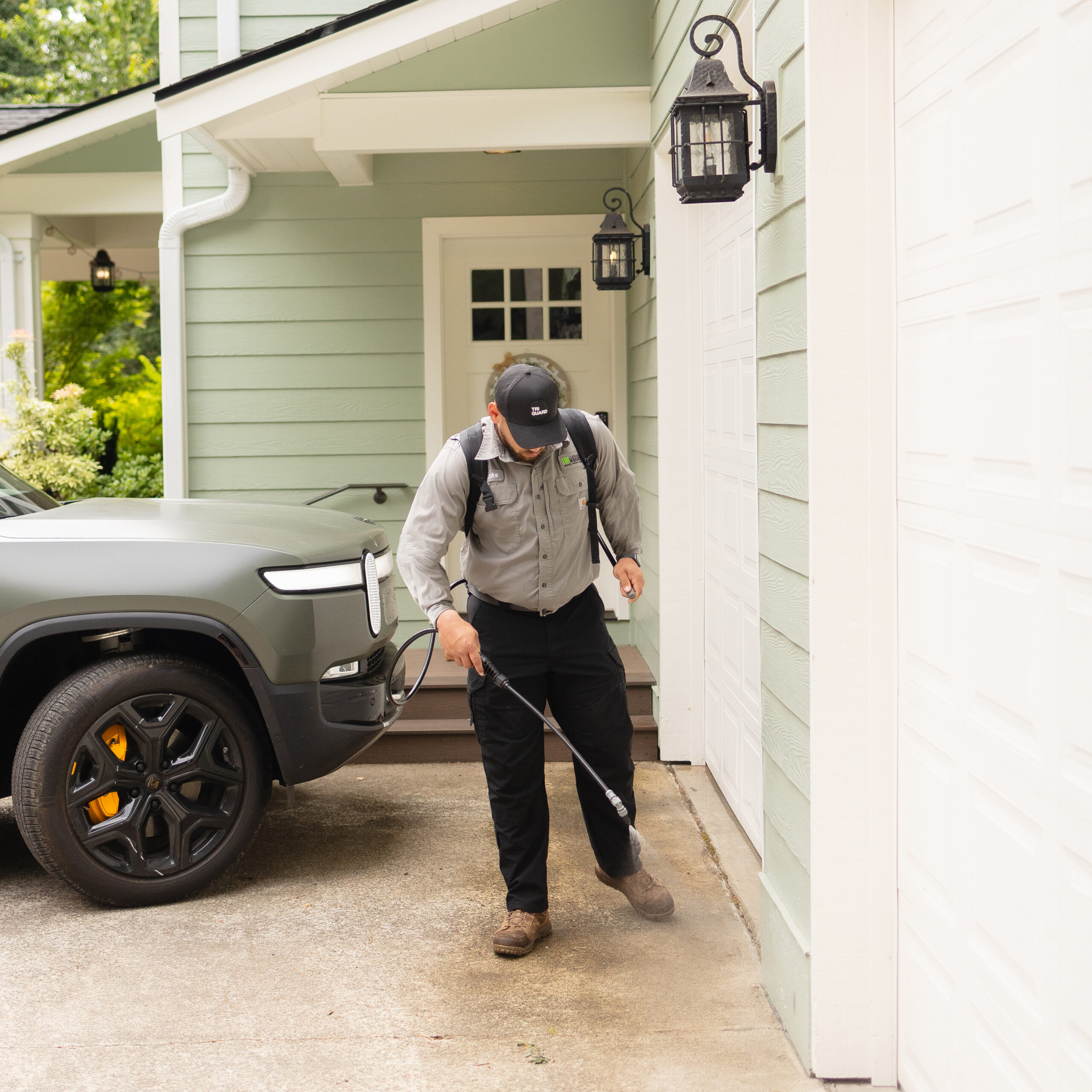Effective Insect Control Services: An In-Depth Take A Look At Extermination Techniques and Prevention Steps
In the world of parasite control services, the effective administration of infestations needs a meticulous approach that integrates various methods and steps for both eradication and avoidance. From Integrated Pest Monitoring (IPM) methods that focus on sustainable services to chemical extermination strategies developed for targeted removal, the arsenal against parasites is complex and huge. Biological control approaches and physical avoidance procedures supply alternate courses to effectively combating undesirable trespassers. Nonetheless, the key to a thorough bug control plan lies not just in the techniques themselves, however additionally in the thorough professional assessment treatments that come before and inform them. By recognizing the intricacies of each method and how they interaction, one can absolutely understand the intricacy and effectiveness of modern bug control services.

Integrated Bug Monitoring (IPM) Strategies
Integrated Insect Administration (IPM) Methods include a detailed approach to pest control that concentrates on control, prevention, and surveillance approaches to efficiently take care of parasite populations. By integrating numerous strategies, IPM aims to reduce the impact of pests while likewise reducing the reliance on chemical pesticides. Prevention lies at the core of IPM, highlighting practices like appropriate sanitation, maintenance of hygiene, and sealing entrance indicate hinder parasites from infesting structures. Monitoring plays a critical duty in IPM by regularly examining and determining pest degrees to identify the ideal treatment limits. Control methods in IPM focus on using physical, organic, and social techniques before turning to chemical treatments as a last resource. These techniques include presenting all-natural killers, environment alteration, and utilizing capturing devices to keep insect populations in check. On the whole, IPM cultivates a lasting and ecologically mindful technique to pest management, promoting long-lasting services that safeguard both human wellness and the environment.
Chemical Extermination Strategies
Chemical elimination techniques are frequently employed in insect control solutions to properly remove parasite populaces that position a danger to human wellness and residential property. These strategies entail the use of various chemical substances specifically designed to target and get rid of parasites such as insects, rodents, and various other unwanted animals. The application of chemicals, insecticides, rodenticides, and various other chemical agents is meticulously controlled to guarantee maximum effectiveness while decreasing dangers to human beings, animals, and the setting.
One of the vital advantages of chemical elimination methods is their capability to offer quick and targeted results, making them specifically useful in cases of extreme infestations or immediate pest control requirements - a1 portland pest control bed bugs. However, it is necessary to emphasize the value of correct handling, application, and disposal of these chemical items to avoid unintentional injury
Moreover, integrated pest management (IPM) techniques typically incorporate chemical extermination techniques with other techniques such as hygiene, habitat alteration, and biological controls to produce a comprehensive and lasting insect control approach. By integrating chemical extermination strategies judiciously within an IPM structure, bug control solutions can properly handle bug populations right here while reducing possible risks to human health and wellness and the atmosphere.
Organic Insect Control Methods
Employing natural predators and parasites to handle parasite populaces is a lasting method called biological pest control. This approach harnesses the natural systems of the community to control parasite populaces without relying upon synthetic chemicals. One common biological control technique involves introducing all-natural adversaries of the target bug species, such as ladybugs for aphid control or nematodes for termite problems. news These natural killers eat the bugs, assisting to keep their populations in check.
One more efficient biological control strategy is making use of microbial insecticides. These are naturally occurring bacteria, such as fungis, viruses, and bacteria, that especially target and contaminate specific bug types. By using these microbial agents, parasite populaces can be effectively lowered without hurting useful organisms or causing harm to the atmosphere.
Physical Bug Prevention Steps
Applying physical parasite prevention measures includes making use of obstacles and structural adjustments to hinder parasites from infesting a property or getting in. Installing door sweeps, screens on home windows, and securing cracks in the structure can assist protect against insects like bugs and rodents from obtaining accessibility inside your home.
An additional physical prevention step is making use of barriers like fence to maintain bigger insects such as raccoons or deer far from the residential or commercial property. Installing mesh or wire screens around yards can safeguard plants from being harmed by parasites. Proper waste monitoring, consisting of safeguarding trash bin with tight-fitting covers, is vital in deterring pests like pests, raccoons, and rodents. By executing these physical bug avoidance actions, home proprietors can substantially decrease the danger of bug infestations and the damage they can trigger.
Specialist Insect Assessment Procedures
Carrying out extensive and methodical parasite examinations is a basic element of specialist insect monitoring methods. Specialist pest assessors are trained to carefully check out properties for indications of problems, identifying pest types, entry factors, and favorable problems.

Conclusion
To conclude, effective pest control solutions employ a selection of techniques, including Integrated Bug Management techniques, chemical elimination approaches, organic controls, and physical prevention measures. Expert parasite examination procedures play a vital role in recognizing and resolving pest concerns in a timely manner. By executing a mix of these techniques, homeowner can successfully take care of and stop bug problems.
From Integrated Pest Administration (IPM) strategies that focus on lasting options to chemical elimination methods developed for targeted elimination, the toolbox against parasites is complex and substantial.Integrated Parasite Administration (IPM) Approaches include an extensive technique to pest control that focuses on control, avoidance, and monitoring methods to properly handle pest populaces.Chemical elimination techniques are typically used in pest control services to properly eliminate insect populaces that pose a risk to human wellness and property.Utilizing natural killers and parasites to manage bug populations is a sustainable technique known as organic parasite control.In final thought, reliable parasite control services use a variety of strategies, including Integrated Parasite Administration methods, chemical extermination approaches, biological controls, and physical avoidance measures.